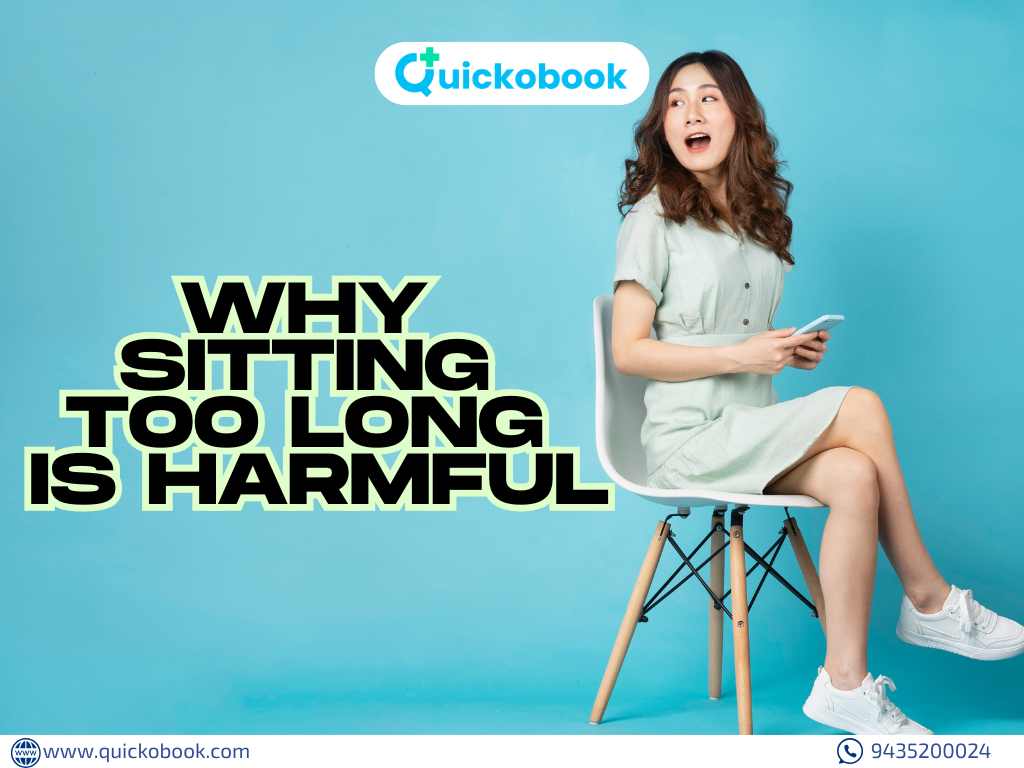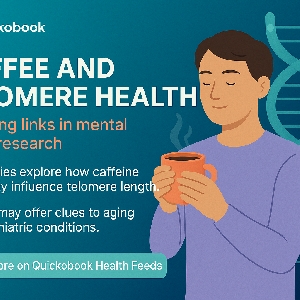Why sitting too long is harmful
Have you ever sat down to answer a couple of emails, only to peek at the clock and realize six hours have just vanished? It happens to all of us. But our bodies really weren’t designed for marathon sitting sessions. Here’s what those hours glued to a chair do—and simple tweaks you can make to feel better.
Your body’s engine slows to idle
Think of your muscles like a car engine. When you move, the engine revs, burns fuel, and keeps everything humming. When you park and leave it idling, the engine doesn’t run cleanly—and eventually, parts clog up. Sitting is the body’s version of that.
- Fewer calories burned. Even tiny movements—shifting in your seat, tapping a foot—burn calories. Stop those little burns and weight gain creeps in.
- Sugar hangs around. Your muscles help clear sugar from your blood. When they’re idle, insulin isn’t as effective, so blood sugar spikes—and over months, that can tip into insulin resistance.
- Cholesterol shifts. “good” hdl cholesterol drops, “bad” ldl and triglycerides rise. That’s a recipe for clogged arteries and heart trouble.
Your circulation takes a hit
Blood keeps every cell happy by delivering oxygen and nutrients. But when you sit too long:
- Legs feel heavy. Blood pools in your calves and ankles, leading to swelling and achiness.
- Clot risk grows. Stagnant blood can form deep vein clots. If one breaks off and lodges in your lungs, it’s a medical emergency called a pulmonary embolism.
Your back, hips & neck start to complain
Stuck in a chair, most of us slouch or crane our necks toward screens. Over time, that posture:
- Strains your spine. Rounded shoulders and curved lower back put uneven pressure on discs, leading to aches—or worse, herniated discs.
- Tightens your hips. Hip flexors stay bent all day and shorten, pulling on your lower back. That makes simple things—like standing up straight or taking a full step—feel stiff.
- Tenses your neck. Peering at laptops or phones rounds your shoulders and pushes your head forward, overloading neck muscles and triggering headaches.
READ ALSO: Chest Pain: What It Is, Why It Happens, And How To Know When It’s Serious
- Your brain and mood suffer, too
You might think sitting is restful, but really it slows your mind:
- Foggy thinking. Less oxygen reaches your brain, so you feel unfocused.
- Low mood. Moving sparks endorphins—natural mood lifters. Without them, you’re more prone to stress, anxiety, or feeling “blah.”
- Missed social breaks. Ever notice how a quick water-cooler chat can lift your spirits? When you sit glued to a screen, you lose those little pick-me-ups.
Why an hour at the gym isn’t enough
You might hit the gym for sixty minutes and feel proud—and that’s great! But if you spend the other thirteen waking hours glued to your chair, studies show your health risks remain nearly the same as someone who never exercises. The trick is tiny “movement snacks” sprinkled all through your day.
Easy ways to move more—without a gym
- Set a 30-minute reminder. Whether it’s your phone or computer, an alert every half-hour gets you up for a quick stretch or walk.
- Walk and talk. Take phone calls on your feet. Pace around for five minutes instead of sitting.
- Desk exercises.
- Seated leg lifts: straighten one leg, hold a beat, then switch.
- Shoulder rolls: circle your shoulders backward and forward to relieve tension.
- Calf raises: lift heels off the floor, pause, then lower. Do 10–15 reps.
- Stand whenever you can.
- Swap to a standing desk for part of the day.
- Try under-desk pedals for a mini workout while you type.
- Turn ads into activity. Watching tv? Stand up during commercials and march in place or grab a few chores.
- Suggest walking meetings. No slides needed? Take your next team chat outside or around the office.
Building a simple habit plan
- Week 1: every 30 minutes, stand for two minutes.
- Week 2: add one desk exercise each day.
- Week 3: do one “walking meeting” or phone walk daily.
- Week 4: check in—do you feel sharper? Less stiff? Keep what helps you most.
Real stories, real results
- Maya the designer: she used to sit eight hours solid. Constant headaches and brain fog were her norm. By switching to a sit-stand desk and doing shoulder rolls every hour, she cut headaches by two-thirds—and felt more creative.
- Ravi the customer rep: calls all day left his legs swollen. He began pacing on calls and doing calf raises during hold music. A month later, the swelling was gone—and he’d dropped 2 kg without changing his diet.
- Anita the student: marathon study sessions gave her back pain. She committed to a five-minute walk after each 45-minute study block. Her grades stayed strong, and her posture improved.
- World health organization: adults need 150 minutes of moderate exercise weekly—and to break up long sitting bouts with light activity.
- American heart association: even a two-minute walk helps keep blood vessels flexible.
- Ergonomists: a well-fitted chair, screen at eye level, and keyboard placement matter just as much as movement.
Sitting itself isn’t the enemy—it’s sitting too long without breaks. Those long stretches:
- Slow your metabolism and calorie burn
- Raise blood sugar and clogging fats
- Cramp your circulation and stiffen muscles
- Cloud your mind and dampen your mood
But you can flip the script. Tiny breaks, simple stretches, and standing chats transform hours of sitting into a day of healthy habits. Next time you catch yourself glued to the screen, stand up, take a breath, and move—your body will thank you.









Comments (0)
No comments yet. Be the first to share your thoughts!
Leave a Comment